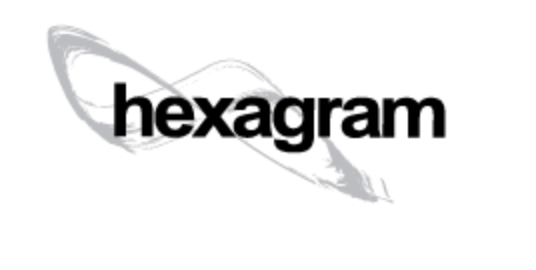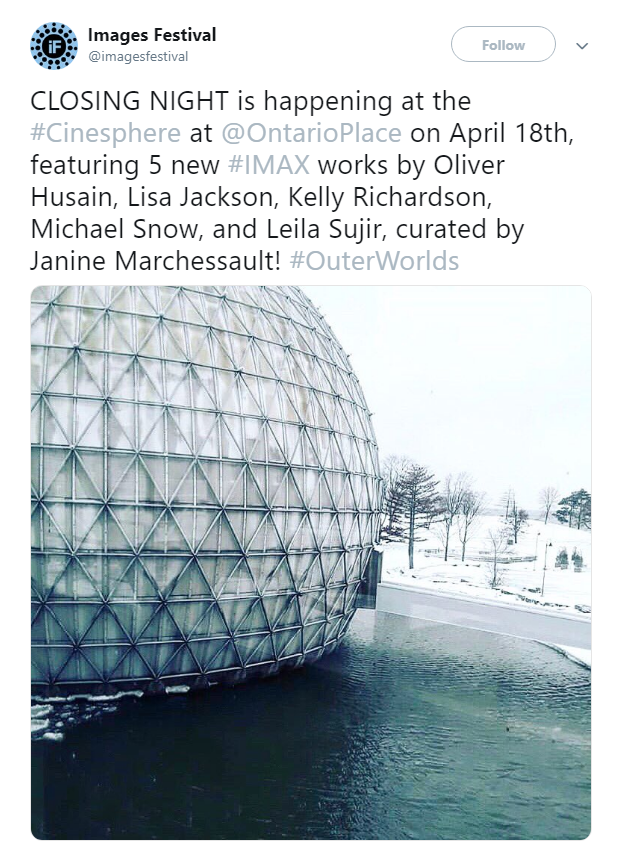 Elastic Spaces is happy to announce that among the recipients of this year’s Hexagram Research-Creation Grant is Anastasia Ferguson and duo-collective, Sonya Ivanov & Dimo Stoeva.
Elastic Spaces is happy to announce that among the recipients of this year’s Hexagram Research-Creation Grant is Anastasia Ferguson and duo-collective, Sonya Ivanov & Dimo Stoeva.
AWARDED PROJECTS
Anastasia Ferguson – Conjuring Optics is an audio/visual installation and artist book looking at the cinematic apparatus of modernity and its relationship to the illusions produced by the stage magic of 19th century Europe, as well as the sociological impact of illusions on perception.
Sonya Ivanov & Dimo Stoeva – Le projet Light-scape formation consiste dans une installation cinétique, qui utilise l’illusion comme technique, pour la construction des environnements paysagère par l’entre mise de la lumière et la matière. Le projet explore le rapport humain vers le paysage naturel en évoquant les notions du sublime dans l’art.
DETAILS ON THE HEXAGRAM GRANTS
With the help of student grants, Hexagram wishes to provide concrete support to the research of its student members. Added to this is access to state-of-the-art infrastructure and equipment, integration into the governance of its network, and training.
This year again, about fifty projects were analyzed by a jury of members-researchers and an external expert. We thank the many candidates who submitted a project and we also thank the members of the 2019 jury: Jean-François Renaud, Lynn Hughes et Katharina Meissner, responsable développement stratégique du festival MUTEK.

